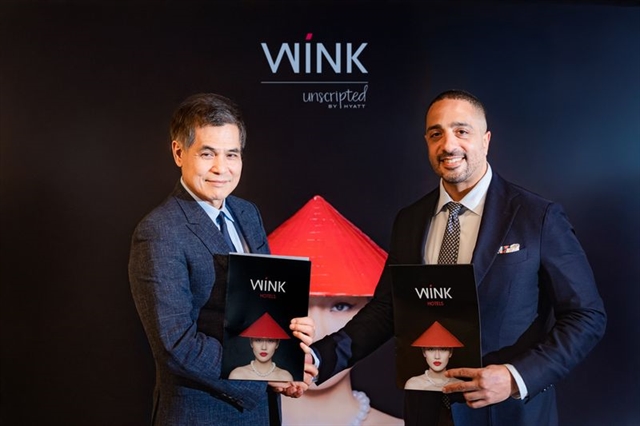 Society
Society


|
| Representatives attend the meeting. — VNS Photo Thu Trang |
HÀ NỘI Việt Nam has put a lot of effort into removing explosives remnants of war (ERW), but the issue is still a great challenge for the country, a high-ranking army official has said.
Colonel Nguyễn Hạnh Phúc, deputy director of the Vietnam National Mine Action Centre (VNMAC), made the statement at a meeting in Hà Nội yesterday.
The national consultative meeting 'Enhance awareness programmes on the dangers of mine/explosive remnants of war' was organised by the VNMAC, the ASEAN Regional Mine Action Centre (ARMAC) and the Japan-ASEAN Cooperation.
Phúc said that during the past 40 years, the country has seen improving consequences of mine and explosive remnants of war as an urgent, important, regular and long-term duty.
To create a legal corridor for the work, former Prime Minister Nguyễn Tấn Dũng in 2010 approved the national action programme to tackle the impact of post-war bombs and mines in 2010-25, often called Programme 504.
Programme 504 helps guide and manage post-war mines and ERW, creating co-ordination between State management agencies and localities in the work.
An important policy was strengthening support to help victims of mines and ERW integrate into the community, he said.
Phúc said more education on preventing mine and ERW accidents should be given to citizens.
Hal Judge, ARMAC’s mine risk education expert, said Cambodia, Laos, Myanmar, Việt Nam and Thailand were affected by mines and ERW, and ARMAC, through a set of consultative meetings, aimed to bring these countries together to share their knowledge and experiences to build a regional approach to mine risk education.
The goal of the project would be to establish a platform for ASEAN countries to learn from one another so a collaborative community of mine risk education experts could be established.
Incomplete statistics show the number of bombs left after the war in Việt Nam is about 800,000 tonnes, with the total area suspected of bomb and mine pollution about 6.13 million hectares, accounting for 18.71 per cent of the country, according to the VNMAC.
The largest amount is said to be in central provinces.
From 1975 until now, bombs and mines have killed more than 40,000 people and injured 60,000.
The United Nations Sustainable Development Programme to 2030 considers tackling landmines and war consequences to be a major goal.
In recent years, the Ministry of Defence (MoD) has sped up the process of overcoming the consequences of mines and ERW in polluted areas, especially Quảng Trị, Quảng Nam, Bình Định and Hà Giang.
Despite the positive results, the country needs tens of billions of dollars, not including billions of dollars for resettlement in the contaminated areas, and more than 100 years to finish the work, according to the MoD. — VNS




